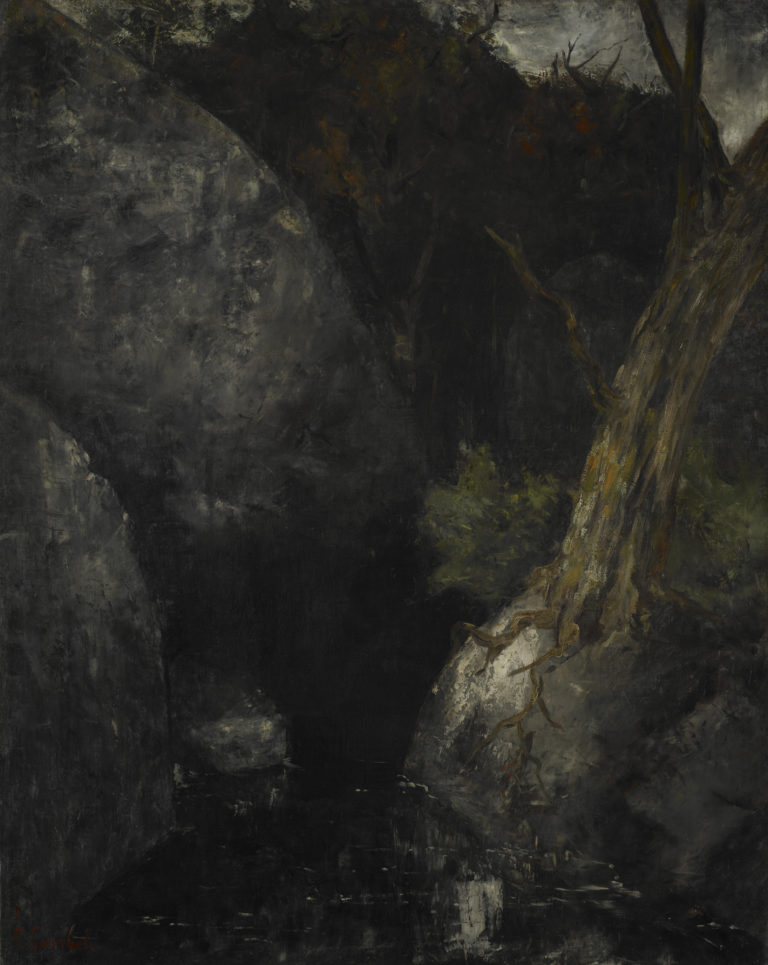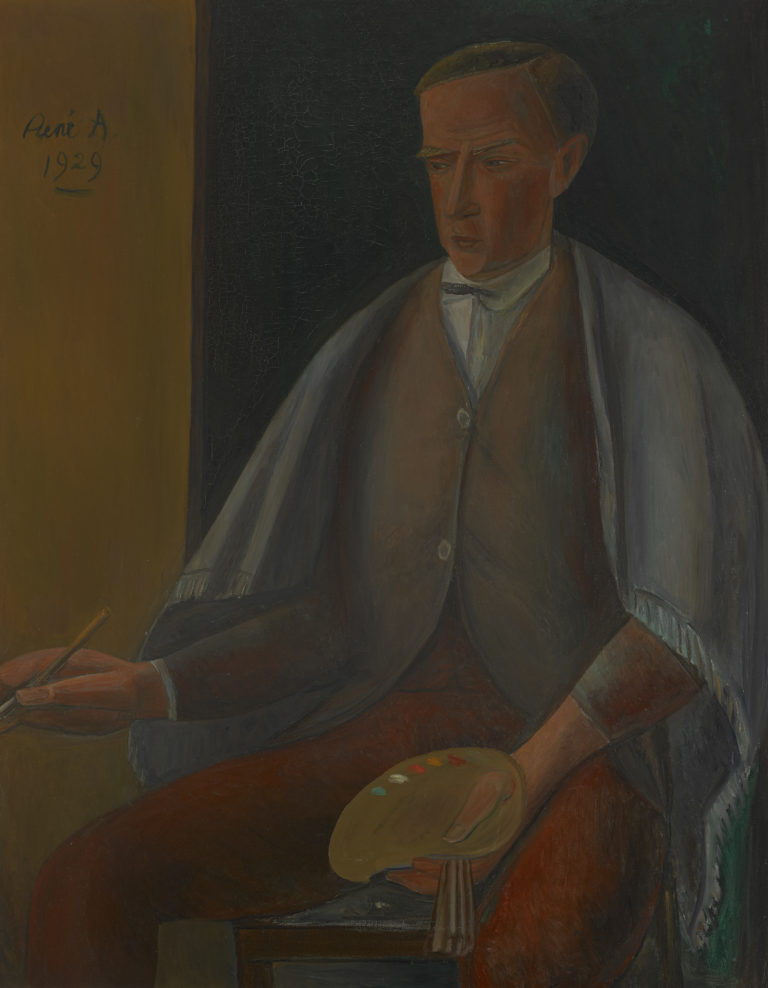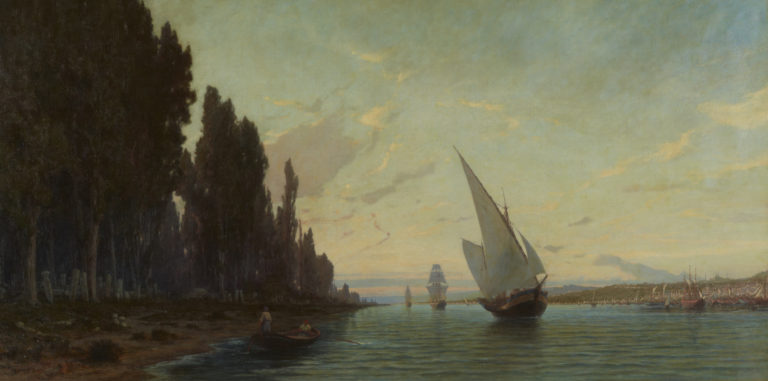Bibliography
Lionel Bovier and Stéphanie Jeanjean (eds.), Olivier Mosset. Deux ou trois choses que je sais d’elle…: écrits et entretiens, 1966-2003, Geneva, MAMCO, 2005.
Yves Aupetitallot and Roland Wäspe (eds.), Olivier Mosset. Travaux/Works, 1966-2003, exh. cat. Lausanne, Musée cantonal des Beaux-Arts, St. Gallen, Kunstmuseum, Milan, 5 Continents Editions, 2003.




Olivier Mosset moved to New York in 1977 after more than ten years in Paris. In an artistic context influenced by its minimalist heritage, he began working in monochrome rather than his earlier series of targets and canvases with vertical bands. He took part in the American exhibitions New Abstraction (1983) and Radical Painting (1984) while still keeping one foot in the Swiss and European art scene, representing Switzerland at the Venice Biennale in 1990.
His first shaped canvases, including this work, appeared in 1977. This allows the artist to explore the relationship between painting and sculpture, in other words, the painting as object. Shaped canvases, i.e. those that are non-rectangular or with surfaces that are not flat, are mainly associated with the 1960s art scene in New York, including artists such as Frank Stella, Kenneth Noland, Barnett Newman, Ellsworth Kelly and Richard Tuttle. Mosset developed his practice alongside works in three dimensions. His thinking on the relationship between object / sculpture and painting was also marked by his time in Paris, where he was friends with artists in the new realism movement, including Daniel Spoerri [n. 133] and Jean Tinguely, who turned objects into paintings. Mosset produced canvases in the shape of circles, crosses, parallelepipeds, ovals and stars (red and pink), which gave way over the following decade to triangles, arrows and L shapes. As the artist explained in a 2003 interview, ‘The “shaped canvas” must, of course, be seen as a critique of the traditionally rectangular format of painting. When I produced these works they already belonged to a potential repertoire of solutions. The idea was also to suggest a rereading in my practice, of motifs previously used (for example, the star once painted and once cut out).’